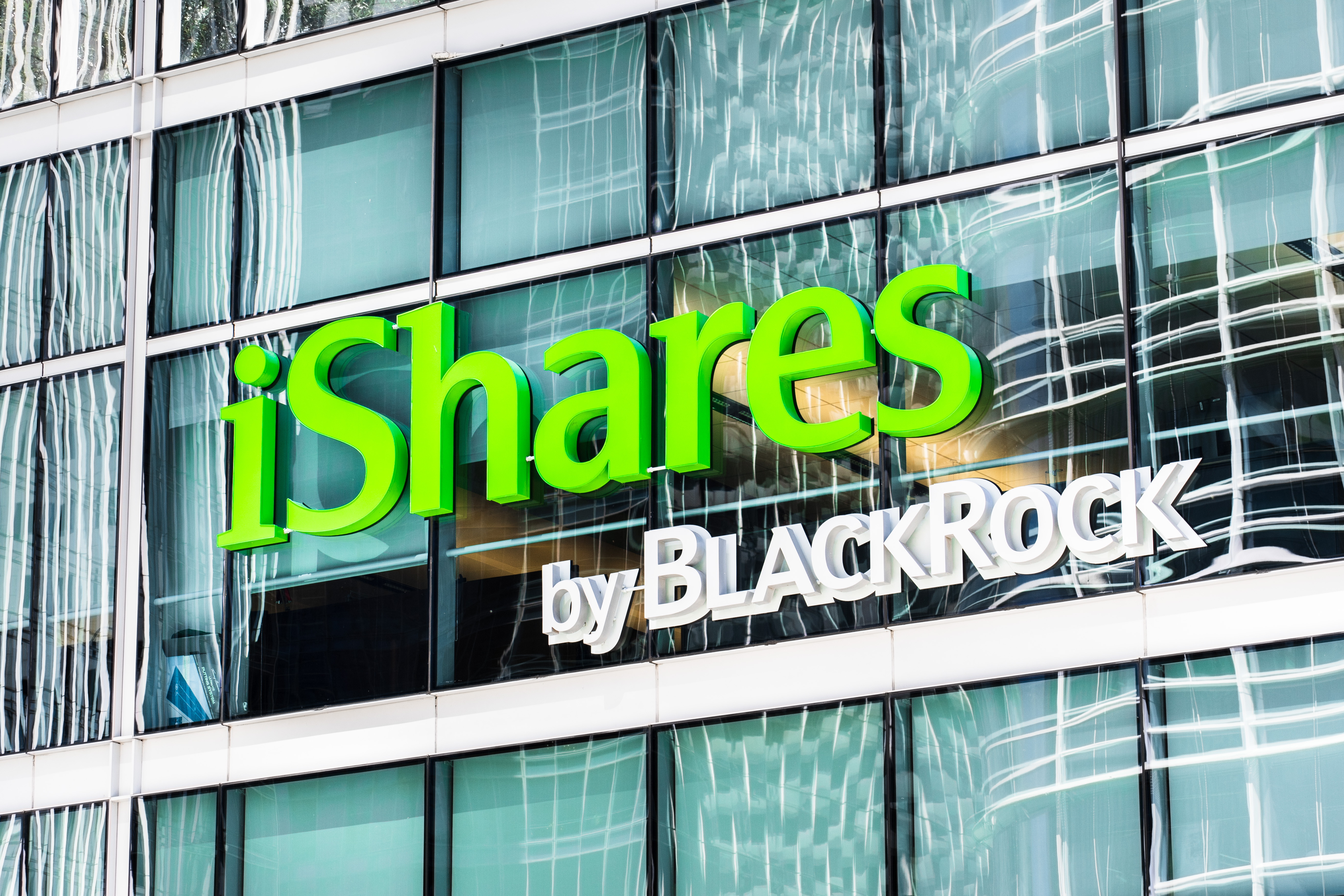As the adage goes: ‘Nobody ever gets fired for buying IBM’. Decades later, however, it could be argued this investor sentiment has shifted to BlackRock and Vanguard ETFs.
The ‘Big Two’ are in a league of their own when it comes to asset gathering. In the US, BlackRock and Vanguard ETFs house $2.3trn and $2trn assets under management (AUM), respectively, 60% of the market total and well ahead of their closest rival State Street Global Advisors (SSGA) with $1trn.
Over the past three years, the pair have captured 62% of new inflows, according to Bloomberg Intelligence, with the firm predicting their dominance to reign for some time in a recently published report.
In fact, their dominance of the ETF market has led Eric Balchunas, senior ETF analyst at Bloomberg Intelligence, and the report’s co-author, to prophesise: “Only regulation can stop them.”
According to the survey, US advisers prioritise two main factors when it comes to selecting ETFs: Total expense ratio (TER) and brand, two areas the ‘Big Two’ clearly lead.
“Expense ratio was cited as the most important factor when selecting an ETF, followed by the issuer. In other words, when an adviser is looking for an ETF, it is not just the fee that matters, but also the brand name,” Balchunas said.
Even in Europe, the pair’s most popular ETFs have become a core portfolio building block, with the iShares Core S&P 500 UCITS ETF (CPSX) and the Vanguard S&P 500 UCITS ETF (VUSA) housing $56.8bn and $29.2bn AUM, respectively.
“The ETFs are core building blocks in the portfolios of modern fiduciary advisers, who perceive them as providing value while limiting career risk,” he added.
“Brokers used to say they would not get fired for buying IBM shares; that sentiment has shifted toward BlackRock and Vanguard ETFs. It would be hard for a client to fault such purchases versus buying expensive mutual funds or trying to trade stocks.”
In Europe, the picture is slightly different, with trading spreads also listed as one of the most important factors, an area both BlackRock and Vanguard can control due to their huge volumes.
These volumes make them cheap to trade, usually with a bid-ask spread of one basis point (bps), according to Bloomberg Intelligence.
“Low fees and low spreads in trusted brands will maintain wide moats around these funds for a long time,” Balchunas said.
Vanguard is now threatening to catch BlackRock’s assets under management (AUM) with its assets accounting for 84% of BlackRock’s, up from just 50% a decade ago.
“At that rate, Vanguard will pass BlackRock in five to six years, and perhaps earlier if the market stays down or flat since Vanguard typically takes in more cash each year and has more bond exposure buffering equity-market depreciation,” he added.
Highlighting the magnitude of the task, other asset managers’ inability to steal share from S&P 500 ETFs shows how difficult the ‘Big Two’, along with SSGA, will be to catch up.
“The JPMorgan BetaBuilders US Equity ETF (BBUS) has $1.1bn AUM, which normally would be considered a success but it is only about 0.1% of the amount held by S&P 500 ETFs,” Balchunas said. “That is not much considering JPMorgan's distribution power – especially among its own advisers – and an expense ratio of just two bps.”





